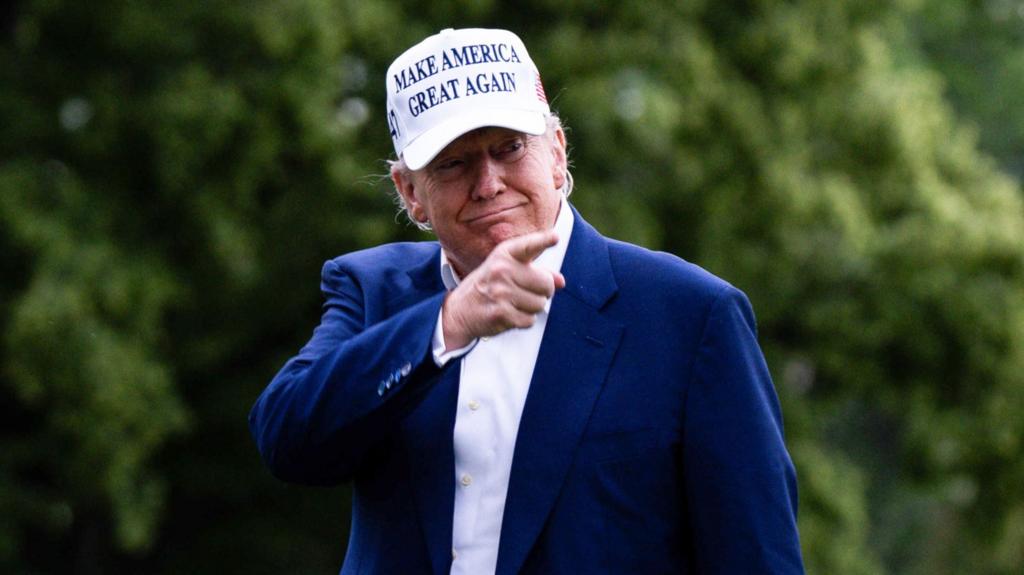A US court ruling significantly impacting President Trump’s trade policies has been appealed, allowing the collection of tariffs to continue temporarily. The Court of International Trade previously determined that the emergency law cited by President Trump didn’t grant him unilateral authority to impose tariffs globally.
The court cited the US Constitution, asserting Congress holds exclusive power to regulate international commerce, a power not superseded by presidential authority to safeguard the economy. This decision followed challenges from small businesses and several states impacted by the tariffs.
Two cases, one involving small businesses importing goods and another a coalition of state governments, formed the basis of the ruling. The cases represented the first major legal challenges to Trump’s tariffs before the specialized Court of International Trade.
A three-judge panel ruled that the International Emergency Economic Powers Act (IEEPA) did not authorize the widespread import taxes. This also impacted separate levies imposed on China, Mexico, and Canada, although tariffs on goods like cars, steel, and aluminum under separate legislation remained unaffected.
President Trump publicly criticized the ruling and the judges involved, emphasizing the president’s need to protect the US economy. Conversely, New York Attorney General Letitia James, representing one of twelve states in the lawsuit, welcomed the decision, stating the president lacks the authority to unilaterally raise taxes.
The case’s next hearing is scheduled for June 5th, with the potential for Supreme Court appeal. However, even an adverse Supreme Court ruling might not end Trump’s tariff initiatives. The ruling acknowledged the president’s authority to impose tariffs up to 15% for 150 days to address trade imbalances.
Analysts at Goldman Sachs suggest that new tariffs could be implemented swiftly if this route is chosen. Alternatively, Trump could utilize other existing laws focusing on national security or unfair trade practices, although these require investigations and public comment periods. A less-tested provision of a 1930 trade law allowing tariffs up to 50% against discriminatory countries could also be employed.
Trump’s April 2nd announcement of a global tariff regime, including a 10% baseline tariff and steeper reciprocal tariffs on numerous nations, aimed to boost American manufacturing and leverage trade negotiations. While global markets reacted negatively, Trump has since adjusted some tariffs.
According to John Leonard, a former US Customs and Border Protection (CBP) official, tariffs remain payable, with refunds issued only if the White House appeal fails. The ruling also impacts ongoing trade negotiations, as the White House argued that its negotiating position would be weakened by the removal of tariffs.
Paul Ashworth of Capital Economics noted the ruling’s potential to disrupt trade deals, predicting a wait-and-see approach from other countries. A recent UK-US agreement reducing tariffs on specific goods remains unaffected by the ruling, although the broader 10% tariff on other UK goods is now uncertain. The UK government is working to ensure British businesses benefit from the deal.
Follow the developments with North America correspondent Anthony Zurcher’s weekly US Politics Unspun newsletter. [Sign up links omitted for brevity].
This legal challenge raises questions about the future of US trade policy and its impact on global markets.
Despite the legal setback, President Trump’s commitment to his tariff policies remains strong.
The White House is contesting the ruling and tariffs remain in effect pending the appeal.
This development has significant implications for US and global trade relations.
Tariffs are a central element of President Trump’s economic strategy.

